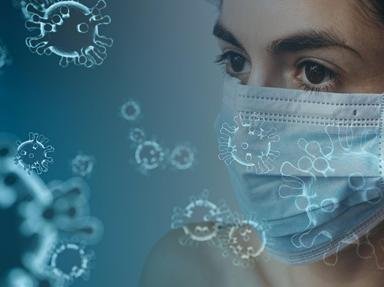Quiz Answer Key and Fun Facts
1. Overall, which is the most common cause of urinary incontinence?
2. Which of these drugs can actually increase the incidence of incontinence?
3. Which is *not* a type of incontinence?
4. Which is *not* a form of surgery for incontinence?
5. Which physical therapy would *not* help incontinence?
6. Is it a good idea to go to the toilet before you feel the need to if incontinent?
7. Which of these would *not* cause incontinence?
8. At what stage of treatment for women should bulking injections be used?
9. In cases where the person does not ever gain bladder control (primary incontinence), what is the most frequent cause?
10. Which of these groups suffers the most from incontinence?
Source: Author
satguru
This quiz was reviewed by FunTrivia editor
crisw before going online.
Any errors found in FunTrivia content are routinely corrected through our feedback system.
